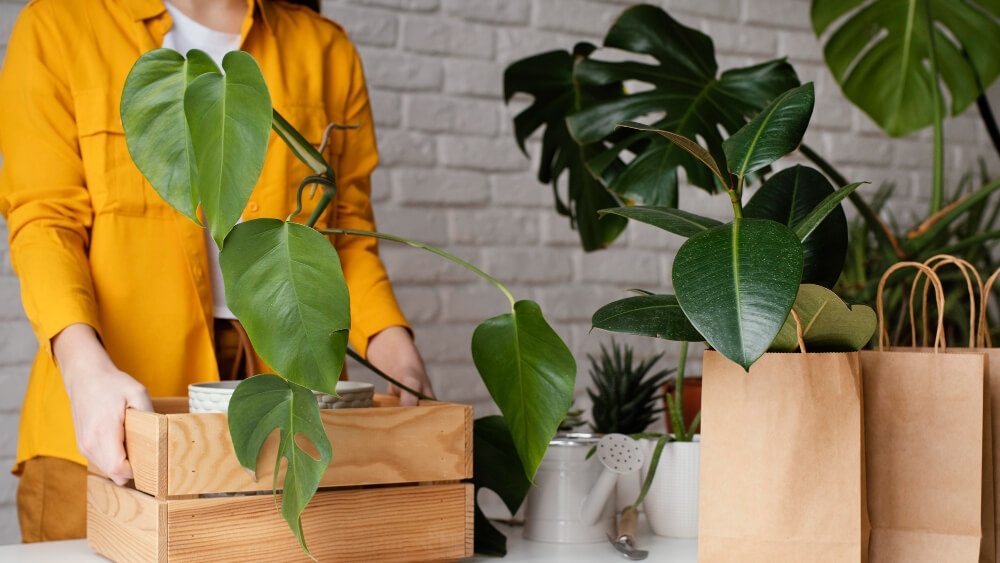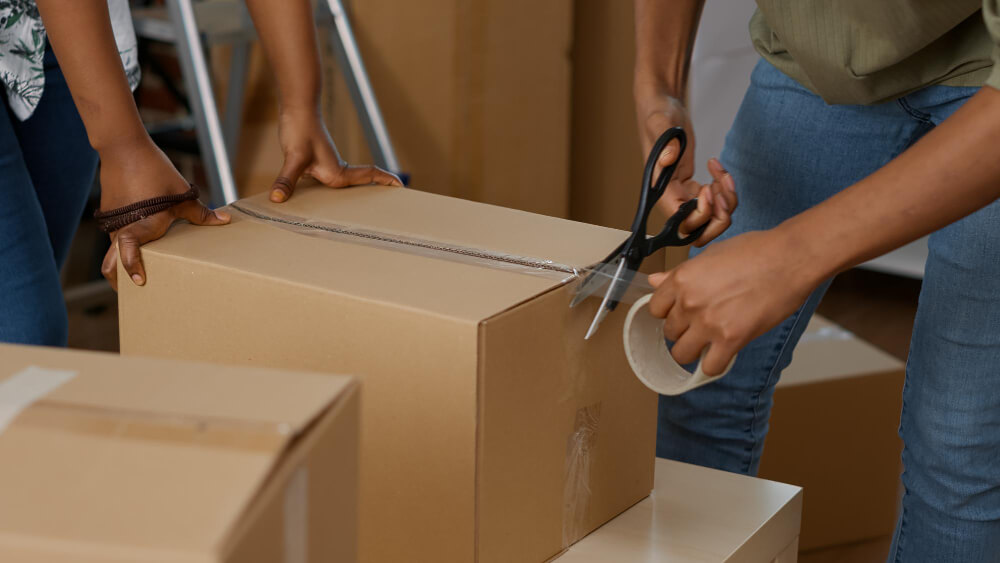A Comprehensive Guide on How to Move Plants
Moving to a new home or relocating your plants to a different environment can be a daunting task, especially if you’re an avid plant enthusiast. However, with proper planning and care, you can ensure a smooth transition for your leafy companions. In this guide, Doctor Mover, your mover in Montreal, will walk you through the essential steps to move plants successfully, keeping them happy and healthy during the journey.
Plan Ahead:
Before the moving day arrives, it’s crucial to plan ahead. Take an inventory of your plants and assess their specific needs. Consider factors such as climate, sunlight, and humidity at your new location to determine the most suitable spot for each plant.
Prune and Repot:
About a week before the move, prune your plants to reduce their size and remove any dead or damaged foliage. Consider repotting them into lightweight, unbreakable containers to make transportation easier.
Prepare the Plants:
Water your plants thoroughly a day or two before the move, allowing the soil to be adequately moist but not waterlogged. This helps prevent dehydration during the journey.
Secure the Pots:
To avoid soil spillage and damage to the plants’ root systems, secure the soil by covering it with plastic wrap or a plastic bag. This will also help keep the pots clean during transportation.
Choose the Right Packing Materials:
Use sturdy boxes or plant-specific moving boxes to transport your plants. Secure the pots in the boxes using packing paper or bubble wrap to prevent them from shifting during transit.
Protect Delicate Foliage:
For plants with delicate leaves, construct a makeshift canopy using lightweight fabric or paper to shield them from direct sunlight, wind, or rain.
Temperature Control:
Extreme temperatures can be stressful for plants. If you’re moving during hot or cold weather, consider using insulation materials around the boxes to regulate the temperature and protect your plants from temperature shocks.
Labeling:
Clearly label each box with the type of plant it contains and any specific care instructions. This will help you prioritize unloading and ensure each plant receives the care it needs upon arrival.
Transportation:
If possible, transport your plants in a climate-controlled vehicle. Avoid placing them in the trunk of a car, as extreme temperatures can occur. Ensure the boxes are secure and won’t tip over during transit.
Unpack and Acclimate:
Once you arrive at your new location, unpack your plants promptly. Place them in their designated spots, allowing them time to acclimate to their new environment. Gradually reintroduce them to their regular care routine.
Moving plants may seem like a complex task, but with careful planning and attention to detail, you can make the process smooth for both you and your green companions. By following these steps, you’ll ensure that your plants arrive at their new home thriving and ready to continue brightening up your space. Happy moving!





